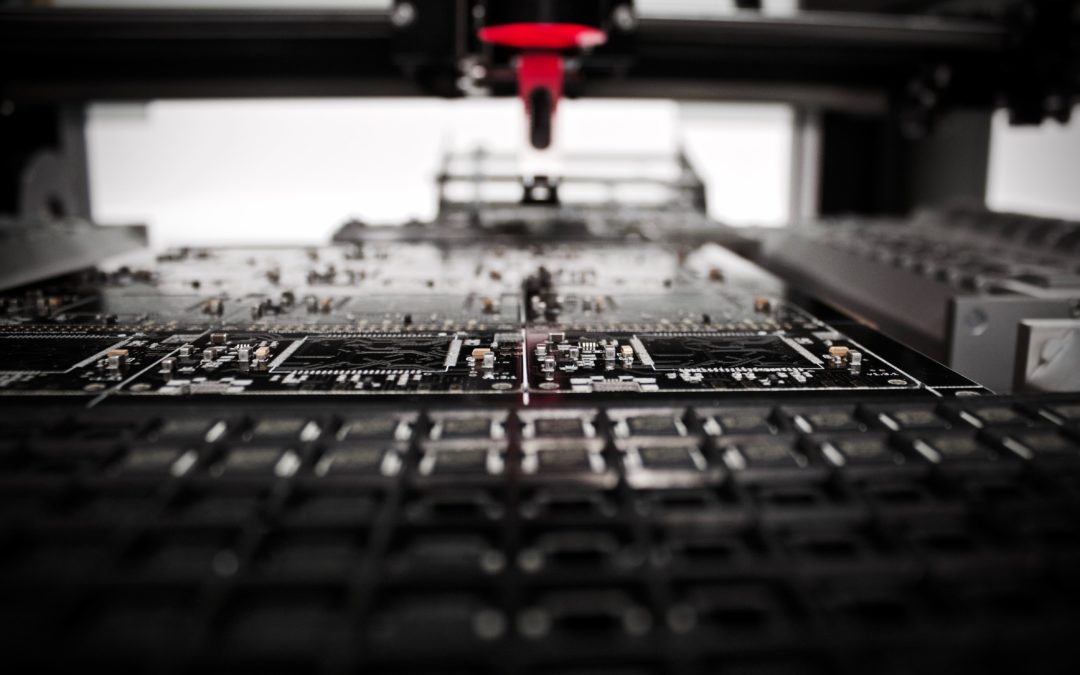While our initial conception of robots typically involves humanistic features, advancements in nanotechnology are showing us that robots can take all kinds of forms. This includes microscopic machines that have the potential to positively impact fields like healthcare and medicine, where they can help us get a closer look at the way the human anatomy works and solve a wide variety of medical issues.
At MIT, engineers have managed to create nanotech that can do just that. But the miniscule robots, which range from 10 micrometers across (the size of a red blood cell) to 10 times that size, need the strength to withstand the conditions within cells and the body, particularly for the water that electronics will be constantly exposed to. That’s where graphene comes in.
Previous iterations of the experimental robots were assembled individually. Graphene helped the researchers come up with a more efficient manufacturing process called “autoperforation.” For this particular device, graphene is used as a protective shell that will allow these microscopic robots to withstand the conditions within cells and the body.
To initially construct the robot, the electronics are encased in a polymer material that then form tiny semiconductor dots, which are laid on top a layer of graphene. Another layer of graphene is placed over the dots, and as it drapes over the devices, lines of strain begin to appear. The MIT scientists compared this reaction to that of a tablecloth on the surface of a circular table — eventually, it would create an indent around the microscopic robots.
This is when graphene starts to show off its capabilities. After everything is in place, the graphene is stressed to the point of fracture. But instead of randomly breaking off like other materials might, graphene breaks at the strain points of each electronic dot, and the edges of the two outer graphene layers stick together, creating fully-covered “syncells,” as the MIT engineers dubbed them. Graphene is highly durable and exhibits water-resistant traits, meaning that the casing for the electronic nano-robot will keep it working in harsh conditions.
According to Professor Michael Strano, the syncells “start to look and behave like a living biological cell. In fact, under a microscope, you could probably convince most people that it is a cell.”
In addition, the discovery of graphene’s controlled fracturing means that these robots could viably be mass produced. As syncell development continues and it becomes more complex and capable, graphene will be there to help create these machines at a large scale.
The use of graphene in creating microscopic robots to monitor and eventually correct health issues opens up a whole new realm of possibility for nanotechnology. In addition to its durability, graphene is a great conductor of electricity and heat, meaning that it could provide not only protection for robotics and nanotechnology, but would also enhance their their technological capabilities. With graphene, we could begin to see a revolution in robotics, particular regarding nanotechnology for healthcare and medical needs.

